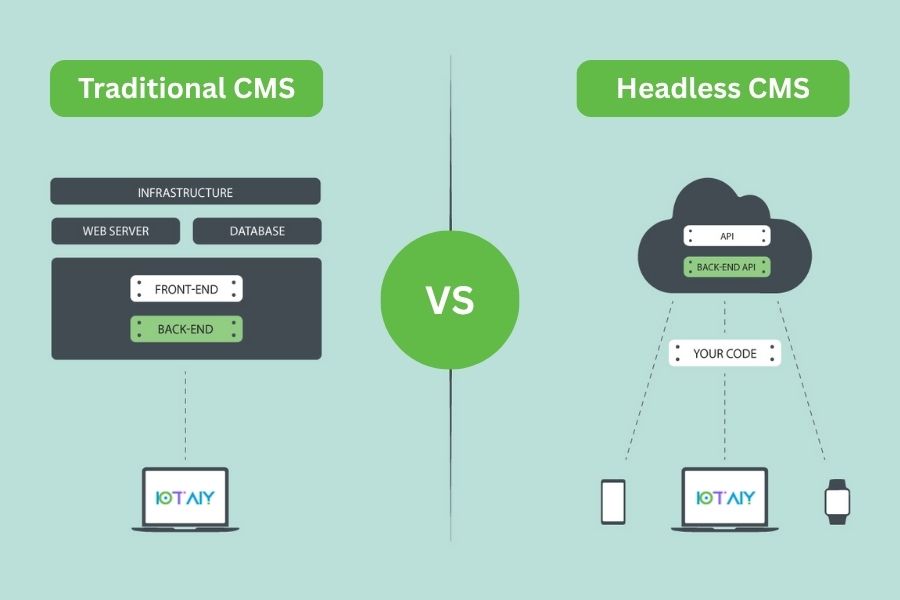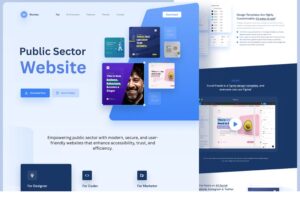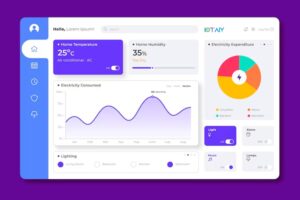Competition in online shopping is stiffer than ever in 2025. Shoppers want fast websites, customized shopping experiences, and uniform performance across all platforms.
To achieve this, most companies including innovators like IOTAIY LLC, are moving from traditional content management systems to the new headless CMS for eCommerce, a versatile, API-based solution designed for high performance and scalability.
If you are choosing between a headless eCommerce platform and a standard CMS, this guide tells you all you need to know to select the best choice for sustained eCommerce growth.
What Is a Standard CMS?
A standard CMS like WordPress, Shopify, or Magento manages both:
-
Backend (content management)
-
Frontend (design and display)
Pros
-
Easy to use for beginners.
Cons
-
Not very flexible or fast.
-
Struggles to support multi-platform setups like apps and IoT.
-
Slower performance and limited personalization options.
As eCommerce companies grow into mobile apps, intelligent devices, and international markets, these systems often fail to provide the speed and personalization that modern consumers demand.
What Is a Headless CMS for eCommerce?
A headless CMS separates the backend content from the frontend presentation layer.
Instead of being tied to one website design, content is delivered via APIs to any platform —
-
Website
-
Mobile app
-
Kiosk
-
Smart device
Key Features
-
API-first design for flexibility.
-
Works seamlessly with modern frameworks like React, Vue.js, or Next.js.
-
Enables faster performance, omnichannel publishing, and full design freedom.
Headless Commerce vs Traditional eCommerce: Key Differences
| Feature | Traditional CMS | Headless CMS for eCommerce |
|---|---|---|
| Architecture | Combined backend and frontend | API-based and flexible |
| Performance | Slower due to page rendering | Faster with modern frameworks |
| Customization | Limited by themes and plugins | Fully customizable |
| Multi-channel | Website-only focus | Works across web, app, and IoT |
| Scalability | Difficult to scale | Scales easily |
| Security | Common vulnerabilities | Isolated and safer |
Headless systems offer greater flexibility, quicker performance, and improved scalability for larger online retailers.
Top Advantages of Headless CMS for Online Stores
1. Lightning-Fast Performance
-
Pages load nearly instantly, improving customer satisfaction and conversion rates.
-
Faster load times also enhance Google rankings.
2. SEO Benefits
-
Greater control over URLs, metadata, and structured data.
-
Improves organic visibility and search performance.
3. Omnichannel Experience
-
Content is managed from a single backend and displayed beautifully across:
-
Websites
-
Mobile apps
-
Kiosks
-
Wearable devices
-
4. Developer Flexibility
-
Developers can use any frontend framework (React, Vue.js, etc.).
-
Freedom to add APIs, enhance functionality, and build custom experiences.
5. Improved Security and Scalability
-
Isolated backend reduces vulnerabilities.
-
Scales effortlessly as your business expands.
Use Cases for Headless Commerce
Headless CMS benefits a wide range of eCommerce businesses:
-
B2B eCommerce – Handles large catalogs and complex pricing efficiently.
-
Small Businesses – Improves speed, SEO, and mobile experience cost-effectively.
-
Omnichannel Retail – Sync products across sites, apps, and marketplaces.
-
Global Stores – Simplifies localization for multiple countries and languages.
Headless CMS Cost for eCommerce
-
Traditional CMS: Lower initial cost but higher long-term expenses due to hosting, plugins, and maintenance.
-
Headless CMS: Higher upfront investment (development + API setup) but greater long-term ROI through performance, scalability, and flexibility.
Best Headless CMS for Online Stores
Choosing the best platform depends on your technical needs and business goals.
Popular Options
-
Contentful
-
Strapi
-
Sanity
-
Shopify Hydrogen
Look for platforms offering:
-
API-first flexibility
-
Strong developer community
-
Seamless integration with eCommerce tools
Headless CMS with PWA for eCommerce
Combining Headless CMS with a Progressive Web App (PWA) delivers:
-
Lightning-fast performance
-
App-like user experience
-
Offline browsing
-
Push notifications
-
Instant page loading
Perfect for mobile shoppers, who now make up over 70% of online shopping in the U.S.
Migrating to Headless CMS for eCommerce
Transitioning is simpler than it seems. Follow these steps:
-
Review your current CMS and content framework.
-
Choose an API-first headless platform that fits your strategy.
-
Rebuild your frontend with modern frameworks.
-
Set up SEO and analytics tracking.
-
Migrate content in phases and test thoroughly.
A well-executed migration enhances speed, SEO, and flexibility with minimal downtime.
Why Companies Are Switching to Headless CMS
Modern eCommerce success depends on agility.
Headless systems enable teams to:
-
Move faster with new technologies.
-
Deliver seamless customer experiences.
-
Boost conversions.
-
Enhance security and scalability.
Conclusion: The Future of eCommerce Is Headless
The future of eCommerce centers on flexibility, speed, and personalization.
While traditional CMS platforms still suit smaller projects, headless commerce empowers brands that aim to grow, innovate, and lead in 2025 and beyond.
By adopting an API-first architecture, companies can:
-
Launch faster websites
-
Improve SEO
-
Deliver unified omnichannel experiences
At the forefront of this digital evolution, IOTAIY LLC helps businesses embrace headless commerce solutions that enhance performance, scalability, and user experience.
If you’re ready to future-proof your online store, now is the perfect time to explore headless commerce with IOTAIY LLC and unlock the true potential of your digital business.









